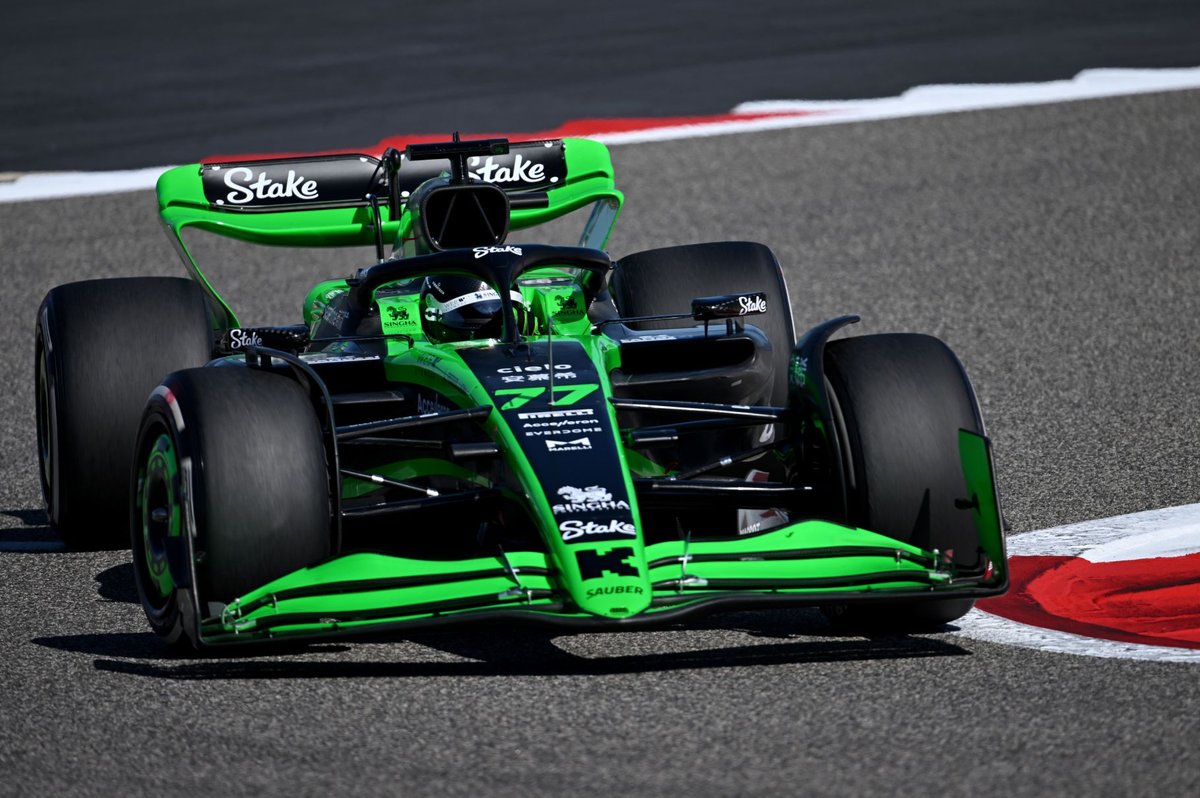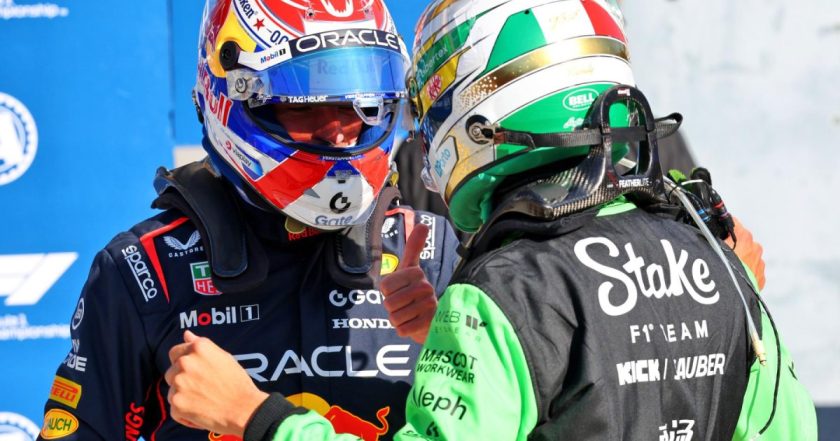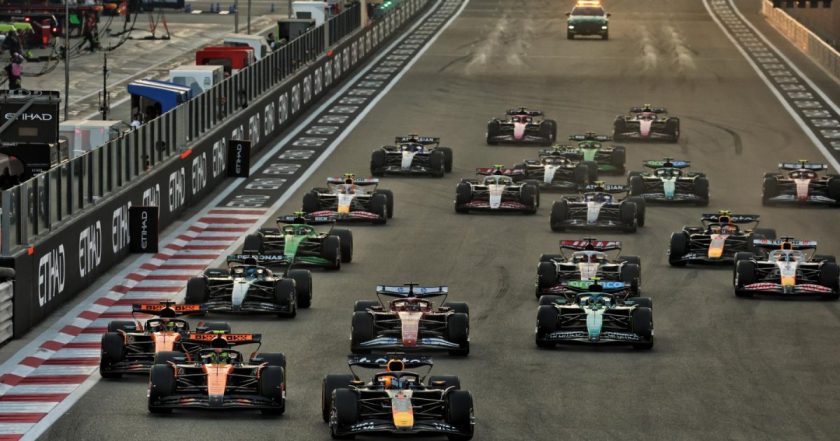P1racenews AI automatic summary:
Difference between push-rod and pull-rod suspension on an F1 car
F1 returns this week with pre-season testing, marking the cars’ first track appearance since 2023. After nearly three months post the Abu Dhabi Grand Prix, significant off-season developments have unfolded. Notably, Williams retained Logan Sargeant for 2024, and key drivers like Norris, Leclerc, and Hamilton made notable team moves. Additionally, re-branding initiatives were witnessed at Red Bull and Sauber. The car launch season showcased the aesthetic overhaul of 2024 challengers, with Sauber and Red Bull notably revamping their color schemes. The focus on suspension systems, particularly push and pull-rods, dominated discussions during car launches. These rods play a pivotal role in connecting the wheels to the chassis, impacting car stability over uneven terrains. The push-rod configuration directs force from the wheel up towards the chassis, while the pull-rod layout pulls force from the wheel outwards. Teams must choose the appropriate suspension design based on aerodynamic concepts, considering factors like weight distribution and aerodynamic efficiency. The push-rod offers practical and accessible advantages, while the pull-rod excels in weight distribution and aerodynamic performance, particularly relevant for ground-effect cars. Overall, the choice between push and pull-rods serves as a critical decision point in F1 car design, impacting both performance and maintenance considerations.






